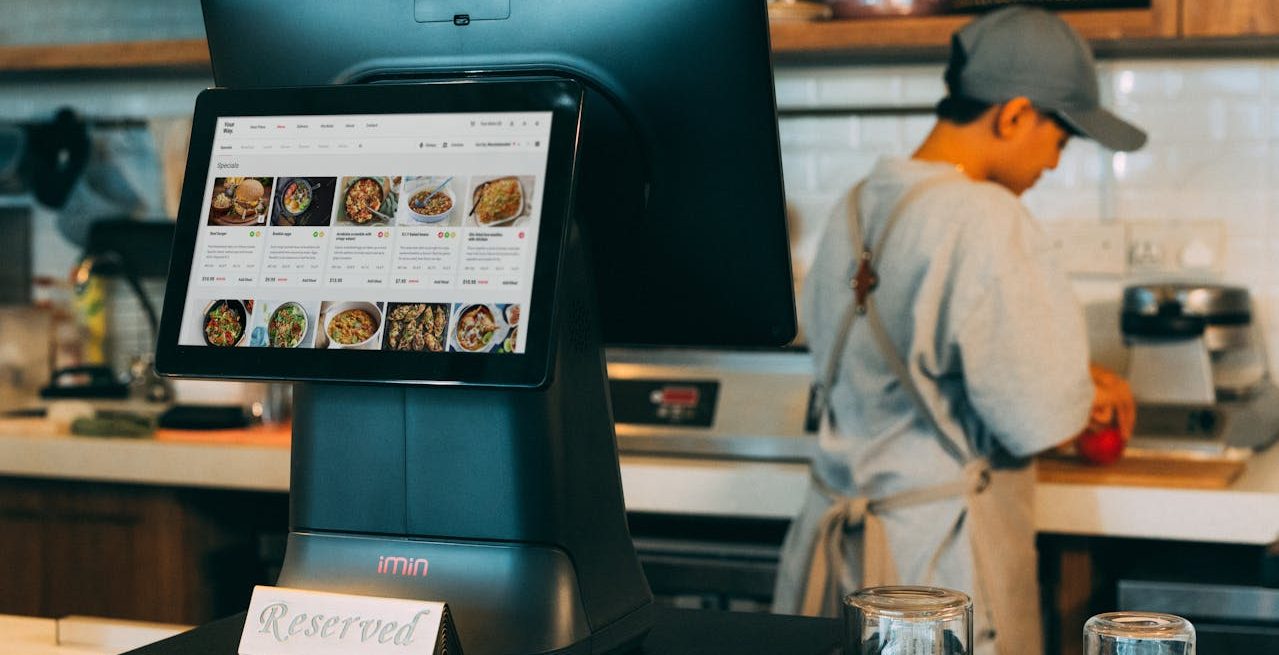Adopting Tech Solutions Is the Smartest Decision Restaurants Can Make
4 Min Read By Dallas Henderson
Sweetgreen implemented tech solutions to improve their operations, boost sustainability, and personalize customers’ experiences. Chick-fil-A and Starbucks launched apps that make their consumers’ journeys more convenient, efficient, and enjoyable. Hot Palette Holdings uses AI to improve their forecasting, optimize inventory, and reduce waste.
As these restaurants (and others) have discovered, technology has become instrumental in improving their safety and quality programs, increasing compliance, keeping up with ever-changing regulations, improving the customer experience, and differentiating themselves from the competition. In fact, when restaurants adopt tech solutions, it can significantly improve every aspect of their business operations.
For instance, technology can help restaurants:
- Optimize operations. As many restaurants already know, tech solutions are an absolute game-changer. Innovative tech tools, like AI, can improve forecasting, inventory management, scheduling, customer service, marketing, and many other essential business tasks. Additionally, integrated tech systems improve efficiency, accuracy, transparency, productivity, and more. As restaurants implement tech tools, they’re experiencing numerous benefits, including waste (and cost) savings, more effective scheduling, and increased customer satisfaction, to name just a few.
- Elevate quality management programs. An effective quality management program can help restaurants dramatically improve their safety, quality, performance, and compliance. Adopting a strong quality management program can go a long way in enhancing a restaurant’s brand reputation. Restaurants should rely on quality management software to maintain compliance with health and safety regulations, manage supplier relationships, and ensure consistent quality across multiple locations. It’s wise to invest in fully featured software options, which offer audit management and compliance tracking capabilities to maximize the safety of your food, guests, and business. Restaurant Brands International – which includes Tim Hortons, Burger King, Popeyes, and Firehouse Subs – implemented robust quality management programs to ensure that their employees are adhering to best practice safety protocols, meeting or exceeding food safety and regulatory requirements, and maintaining guests’ and employees’ safety.
- Boost automation. Today’s tech tools automate repetitive and time-consuming tasks, including order processing, inventory management, product reorders, and online customer service inquiries. By adopting tech tools and embracing automation, restaurants can reduce their administrative burden, improve operational efficiency, reduce errors, and enhance the guest experience by allowing staff to focus on more customer-facing, value-add activities.
- Maximize compliance. Restaurants must maintain compliance with health and safety regulations, especially in a post-pandemic world where everyone’s expecting (and demanding) strong safety and cleanliness protocols to be consistently followed. Restaurants must do more than just put safety protocols in place – they must also ensure compliance across all shifts and locations. Fully featured tech solutions offer everything brands need to manage their quality programs, including audit management, compliance tracking, supplier quality management, and more.
Tech advancements – including digital quality management tools – offer an effective approach to tackling the restaurant industry’s biggest challenges and elevating standards across the board.
- Increase quality and safety across the supply chain. Your restaurant may prioritize safety, quality, and compliance, but is everyone across the supply chain aligned in this effort? One weak link in the supply chain could cause a food safety breach that could put your guests and brand at risk. When restaurants use tech tools to enhance food traceability and transparency across the supply chain, it helps ensure better quality from source to shelf. Wendy’s, for instance, regularly audits their suppliers for proper safety protocols, responsible sourcing, and humane treatment of animals as part of their food safety and quality program.
- Manage labor shortages. Many restaurants remain short-staffed, which may jeopardize their safety and quality efforts. Busy, understaffed teams may skip steps in your safety protocols because they’re rushed, overwhelmed, or believe they’re “too busy” to comply with the rules. But if they skip handwashing, don’t carefully sanitize equipment and surfaces, or ignore cross-contamination hazards, they could cause an expensive, damaging food breach. Tech solutions boost efficiency, productivity, and automation, allowing your restaurant to do more, even with fewer hands on deck.
- Differentiate yourself. Today’s restaurants face increased competition from other brick-and-mortar establishments and from non-traditional dining options like ghost kitchens and virtual brands. Many restaurants are leveraging technology to customize dining experiences, set themselves apart, attract customers, and maximize sales.
- Prioritize sustainability. Most consumers (90 percent) say sustainability matters to them, and many restaurants are elevating their eco-friendly efforts. Equinox in Washington, DC ensures its supply chain is ethical and as local as possible, and Chipotle has committed to using only compostable or reusable packaging by 2025. As more consumers demand sustainability, more brands recognize the importance of this practice. Increasingly, food businesses are relying on tech tools to help them reduce energy waste, source local products, green their supply chain, and improve sustainability in other ways, as well.
- Improve the customer experience. Tech tools are essential to improve the customer experience and give guests more seamless, enjoyable experiences. Technology is improving customer service: providing online ordering options, driving prompt responses to customer inquiries, recommending meals based on guests’ preferences, and helping brands meet evolving consumer demands. When customers have enjoyable experiences at your restaurant, they’ll keep coming back, recommend you to others, leave positive online reviews, etc.
Tech advancements – including digital quality management tools – offer an effective approach to tackling the restaurant industry’s biggest challenges and elevating standards across the board. The smartest thing that restaurants can do is improve tech integration and innovation. There are many important benefits to doing so, including improving safety, optimizing operations, maximizing compliance, and delivering better customer experiences.


